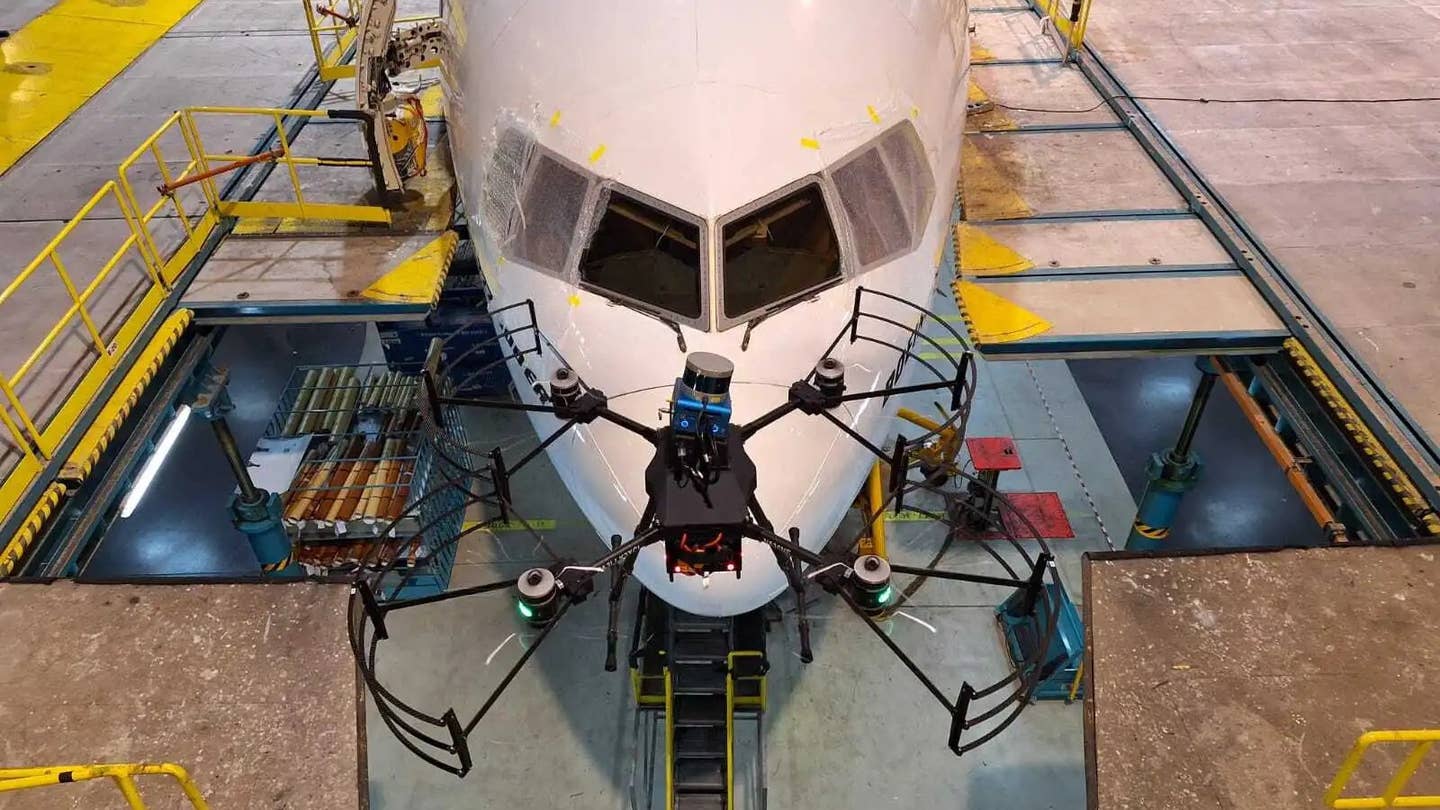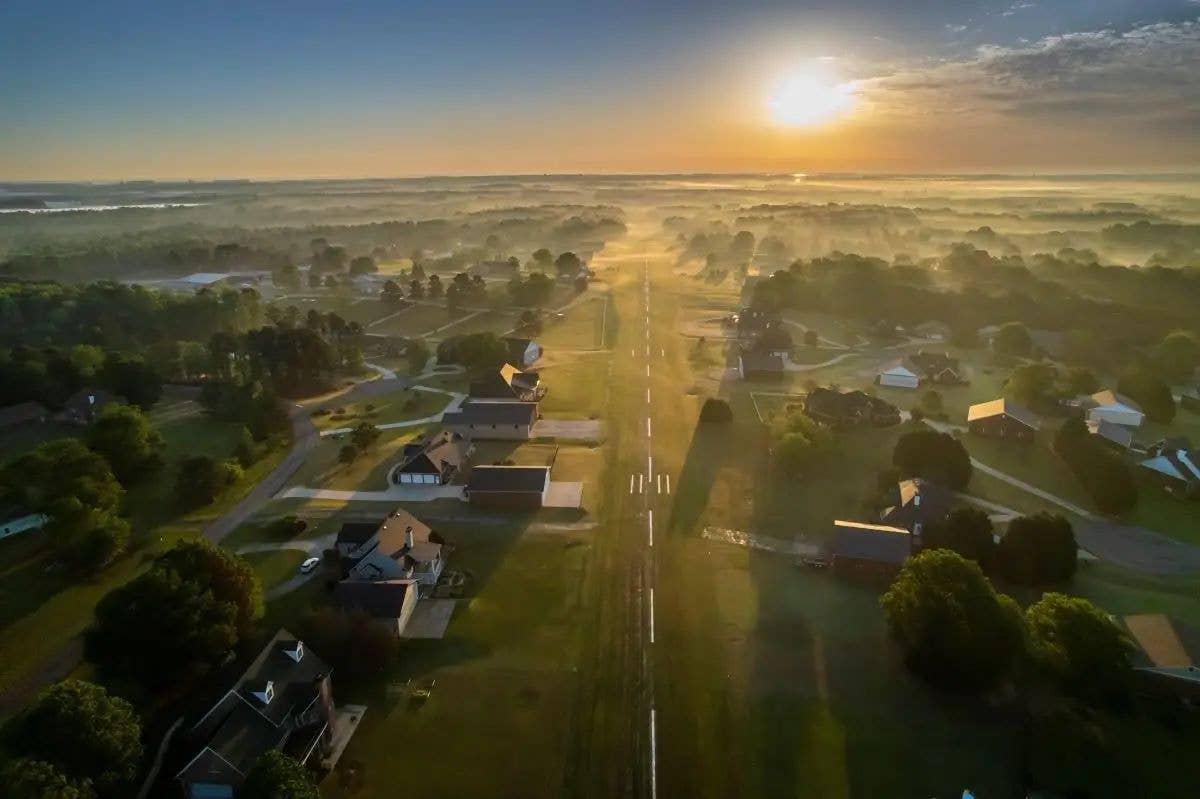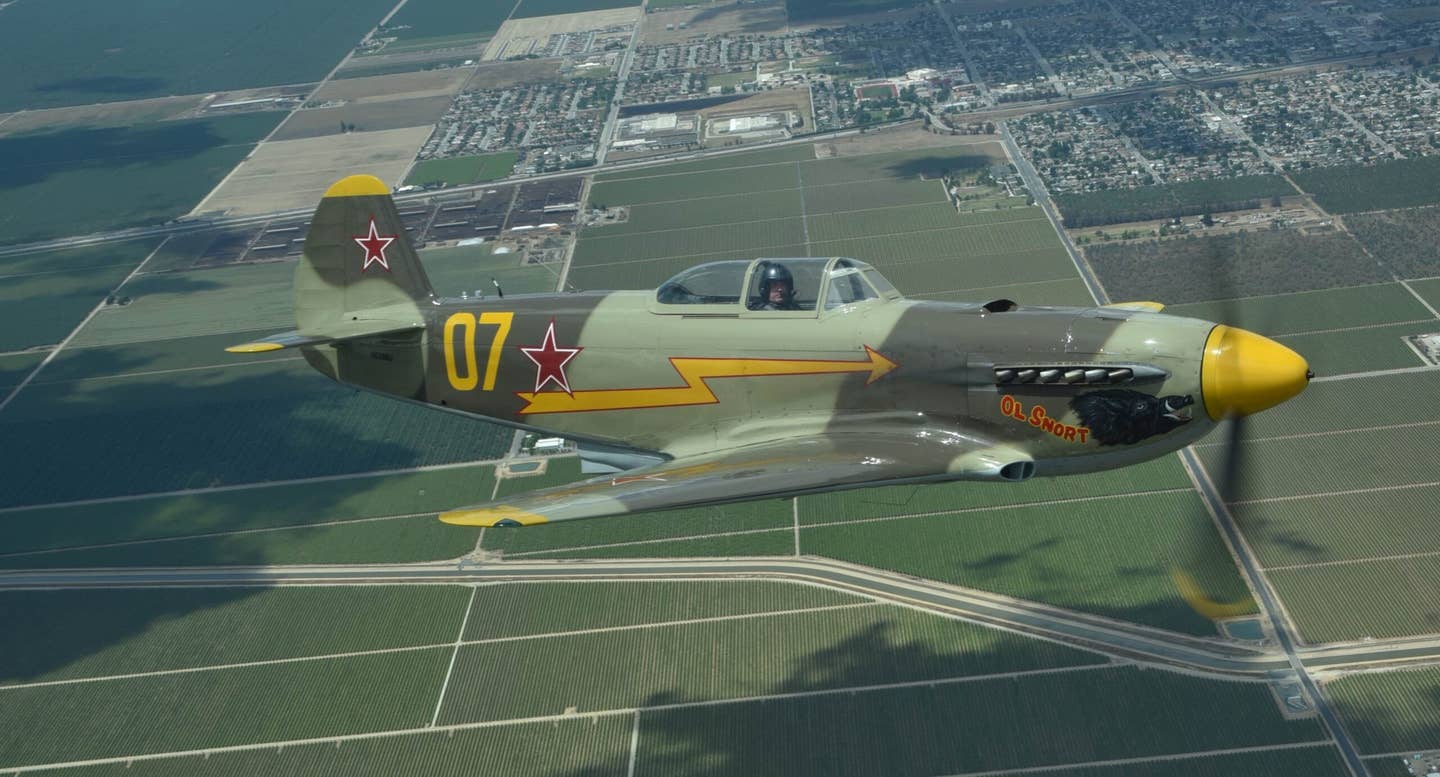The Moth and the Flame
Mountain peaks are magnets for pilots but they harbor dangerous winds.

Oregon’s Mount Hood is a volcanic cone 30 miles east of Troutdale. Credit: Adobe Stock
In January 2019, an Oregon pilot, 63, failed to return home when his wife expected him. He was, however, in the habit of disappearing in his airplane for a couple of days to “decompress,” and in any case, he had been talking about flying down to Arizona to visit some friends, so his absence did not alarm her. She sent him several text messages, but he did not respond.
After a couple of days without word, his wife became concerned. She called the friends in Arizona and learned her husband was not there. She went to the Troutdale Airport in Oregon, where his Rockwell Commander 112 was based, and found her husband's truck—but not the airplane. His briefcase was in the truck, so she guessed that if he had gone flying, he had intended to return.
She filed a missing-person report with the local sheriff's office, and the FAA subsequently put out an alert notice.
“It is seldom possible to say confidently that an accident had a pharmaceutical cause, but in this case, the National Transportation Safety Board chose to do so.”
On the fourth day, using cellphone pings and an ELT signal, searchers spotted wreckage scattered on a steep slope near the summit of 11,250-foot Mount Hood, a volcanic cone 30 miles east of Troutdale. A recovery team brought back the pilot’s body, as well as photographs of the wreckage debris and point of initial impact, a horizontal slice in a steep wall of snow and ice at an elevation of 9,700 feet. Fragments of the Commander were scattered down the glacial face to the 8,000-foot level.
The airplane, which was not insured, was never recovered. A forest-service team that visited the site during the following summer found few remnants; most had disappeared into crevasses or been buried in snow.
Toxicological testing identified a number of drugs in the pilot's system, almost none of them approved by the FAA. Oxycodone and its metabolite were present at high levels; the pilot, who installed floors for a living, suffered from chronic back pain and was looking forward to surgery to relieve it. Also present were modafinil, an anti-drowsiness drug, and metabolites from kratom, which has stimulant and sedative effects, and marijuana.
It is seldom possible to say confidently that an accident had a pharmaceutical cause, but in this case, the National Transportation Safety Board chose to do so. “Contributing to the accident,” the Board wrote in its analysis of the crash, “was the pilot’s degraded decision-making and performance due to his use of multiple sedating and impairing drugs."
Somewhat surprisingly, because it usually covers all bases, the NTSB did not mention hypoxia as a possible element, at least in combination with the other judgment-impairing factors.
The principal cause was related, again, to judgment: “The pilot’s decision to fly the airplane in close proximity to mountainous terrain in an area of mountain-wave activity that exceeded the performance capabilities of the airplane.”
FAA radar data retained the track of the fatal flight. After leaving Troutdale, which is just east of Portland, Oregon, the pilot had followed the Columbia River eastward to the Cascade Locks area before turning south and approaching Mount Hood at an altitude of about 10,000 feet. Keeping the mountain on his left, he made a 6-mile-wide half-turn around it.
The wind was out of the north at around 20 knots, so his groundspeed during the southbound portion of the orbit was 40 knots higher than after he turned back northbound. Perhaps to keep his distance from the peak, he veered away from it for a minute or two before resuming his orbit. He had climbed almost to 12,000 feet, aided by updrafts on the north side. Now, with the wind at his back, he spiraled inward toward the summit and swung around the south side just 1,500 feet horizontally from the surface.
As he again came around the eastern flank, the airplane, which had been maintaining its altitude pretty steadily, began to sink. Rather than steer away from the mountain to put some distance between himself and it, he continued around it in a tightening spiral, perhaps looking for the lift that had buoyed him on his first pass around the north side. It wasn’t there. Descending at 2,500 fpm, he struck the steep face of the glacier.
The NTSB’s analysis emphasizes the power and unpredictability of mountain waves, which can persist for many miles downwind of a peak or ridge, alternately rising and falling. In this case, however, waves—which develop at a distance from the mountain—were not involved; it was turbulence in the immediate surrounding of the peak.
It also cites the manufacturer’s performance tables to the effect that the 112’s rate of climb at gross weight at 12,000 feet is little more than 200 fpm. I suspect that they used the wrong handbook. The 112 was always an over-heavy and under-powerful airplane, but this one was several hundred pounds below gross weight, and it was turbocharged—photographs of the engine on the mountainside, far from other parts of the wreckage, show the turbocharger plainly. The ominous 200 fpm number is implausible.
That mountain peaks may harbor dangerous winds—Aeolus incarcerated his in a mountain cave—can hardly have been news to the pilot, who had repeatedly crossed the Sierra Nevada along the rugged route between Portland and Phoenix, and was sufficiently fond of pleasure flights circling Mount Hood that he had taken his wife, no fan of flying, around it several times. He had flown one of his Arizona friends into the demolished crater of Mount St. Helens. He was not a new arrival from Kansas.
Nor is it likely that he was unaware of the wind direction. “There is no evidence that the pilot obtained an official weather briefing before the flight,” the NTSB said, as if an official weather briefing were the only way to find out which way the wind is blowing. You don’t need a weather forecaster…
As for the capabilities of the airplane, he had owned it since the mid-1990s and had flown 1,200 of his 1,350 hours in it. He knew how it performed, and his flight path strongly suggests that he was not driven toward the mountain against his will. He wanted to get close to it.
If you peel away all the speculative contributing factors, you come back to the kernel of the probable cause. The pilot misjudged his trajectory and, perhaps lulled by rising air farther from the mountain, failed to anticipate the powerful downdrafts that might exist close to its surface. Perhaps the drugs he was carrying around in his system played a part—not so much in the decision to fly close to the mountain, which he had done before, as in his estimation of distance and closure rates and turn radius. As he came around the east side of the peak, rapidly losing altitude, he could have turned right, where the flank of the cone dropped away. Instead, he continued to turn toward the mountain. Perhaps he thought he would just swing thrillingly close by the west side and then turn back toward home.
The mountain had its own ideas.
Too Close to the Rocks
The 2007 accident that ended the life of the adventurous Steve Fossett had much in common with this one. Fossett too was flying an airplane of moderate performance—a Citabria—in high mountains on a windy day. Exactly what happened to him was never known, but it appeared likely that he misjudged his speed and height in relation to a mountain bowl and, driven by the wind, could not turn tightly enough to escape. The site was so remote that two years passed before a hiker stumbled upon Fossett’s wallet, some distance from the charred ruins of his airplane, over which searchers had repeatedly flown without recognizing what it was. Like the 112 pilot, Fossett was out flying for fun, decompressing, and presumably savoring the pleasure of mildly risky behavior. He had taken much greater risks before; there was nothing out of the ordinary about this one.
What I wrote about Fossett in the Los Angeles Times applies equally well to the ill-fated pilot of the 112: “A cautious pilot would have weighed the likelihood of unpredictable turbulence against the limited capabilities of his plane in the [high,] thin air, and would have kept a good deal of space between himself and the rocks.”
Neither man was quite that cautious.

Sign-up for newsletters & special offers!
Get the latest FLYING stories & special offers delivered directly to your inbox






